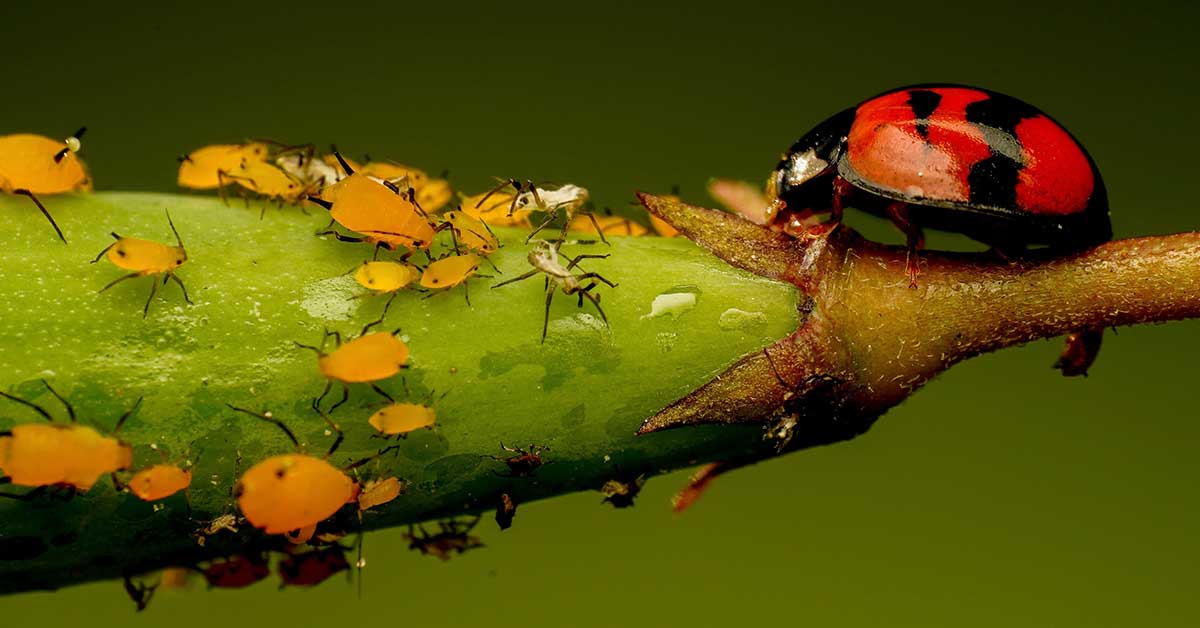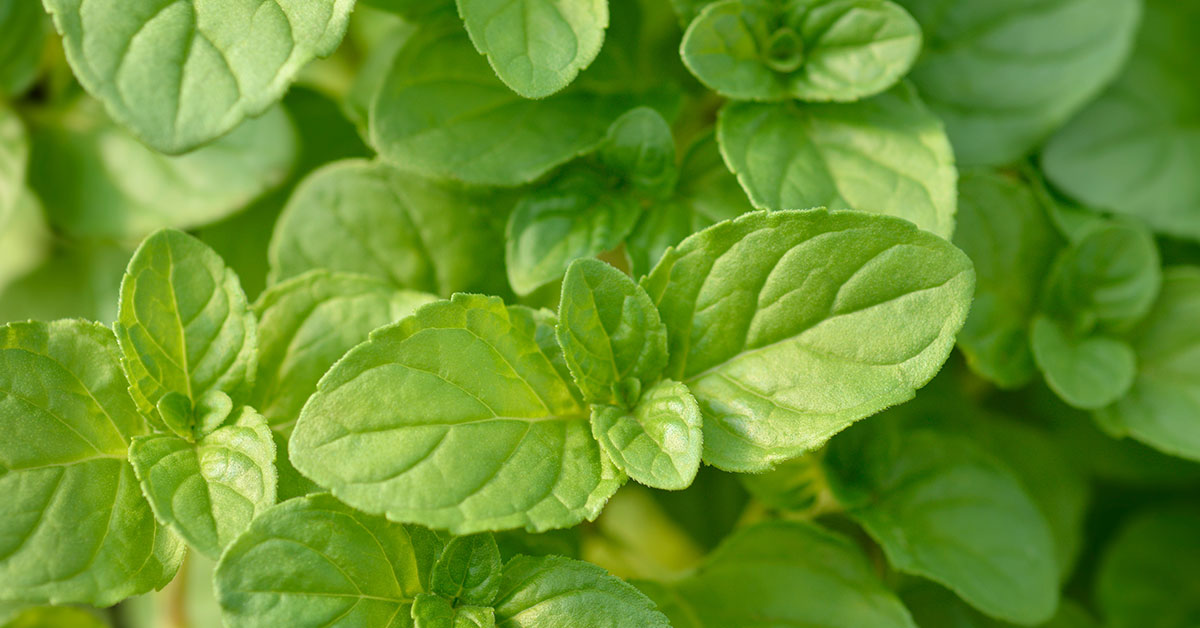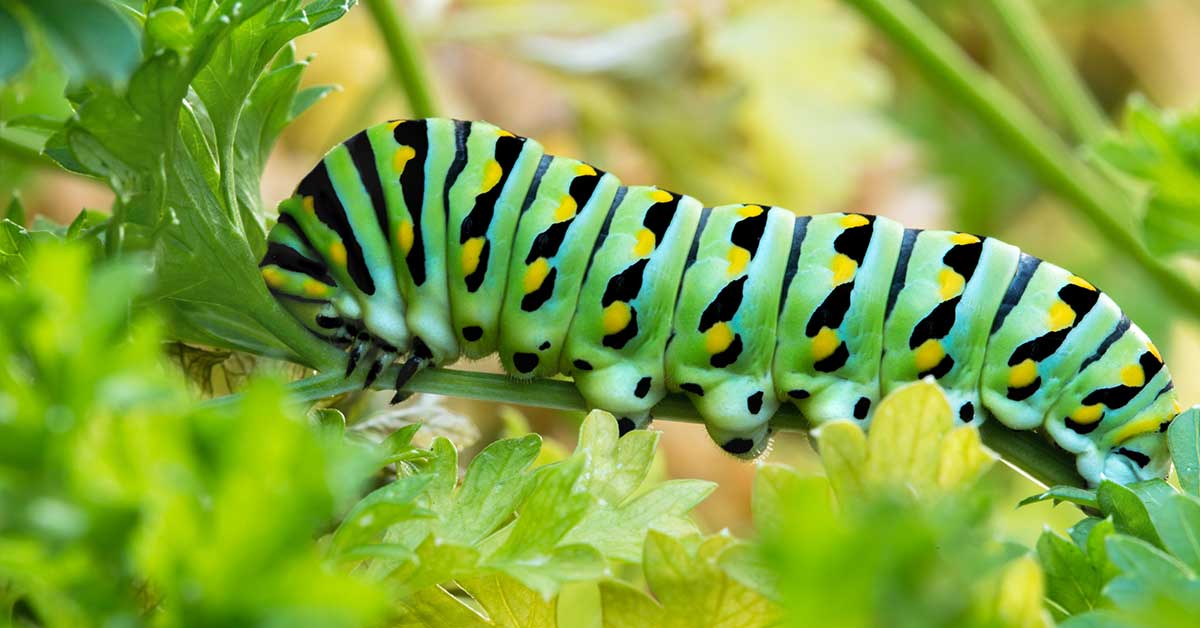Ever since I was a kid, I’ve had a fascination with praying mantises. These usually green insects were endlessly interesting to me! Seeing one was definitely a stroke of good luck. As an adult, I’m still fascinated by them but for different reasons. Praying mantises are an excellent addition to any garden. They control pests and are just plain cool to find. In this article, I’m going to be talking about how to attract praying mantises to your garden.
Are praying mantises good for your garden?
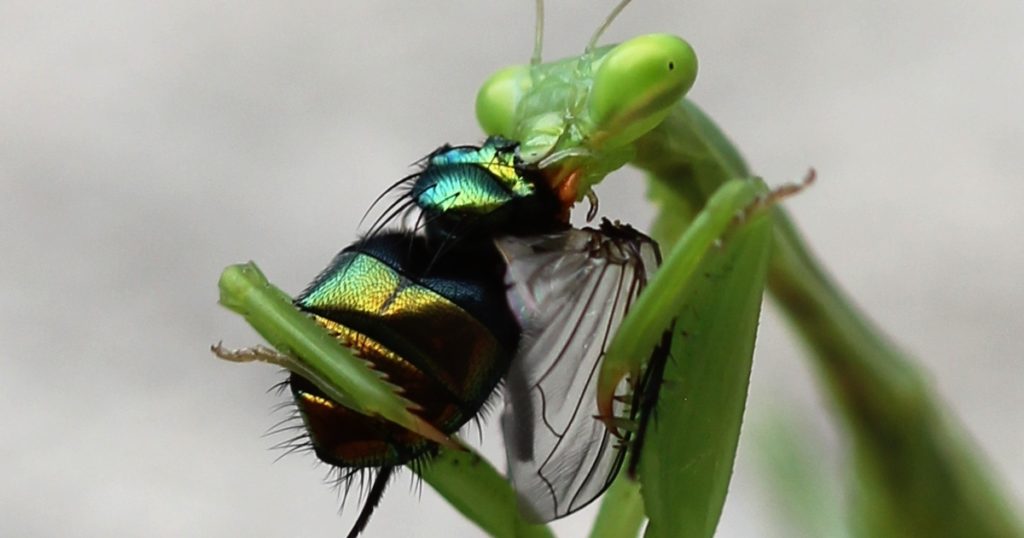
Before we go all out in attracting praying mantises to your garden, let’s talk about what benefits they have in store for you. Mantids are carnivores – they eat insects and, if large enough, small animals like lizards. These insects reach maturity in a single season and lay pods with tens or hundreds of eggs after mating. These eggs hatch the following spring and the cycle begins again.
Praying mantises are known for eating insects and small animals that you might consider unwanted pests. These include: Flies, Crickets, Grasshoppers, Aphids, Leafhoppers, and Mice.
Mantids don’t wine and dine with human expectations in mind, though. They do consume insects that you might like in your garden, like ladybugs, butterflies, bees, and even other mantids. But nature can be a chaotic place, and that’s okay. I am a firm believer in having a biodiverse garden, and that includes attracting praying mantises, even at the expense of ‘pretty’ garden visitors.
How to attract praying mantises to your garden
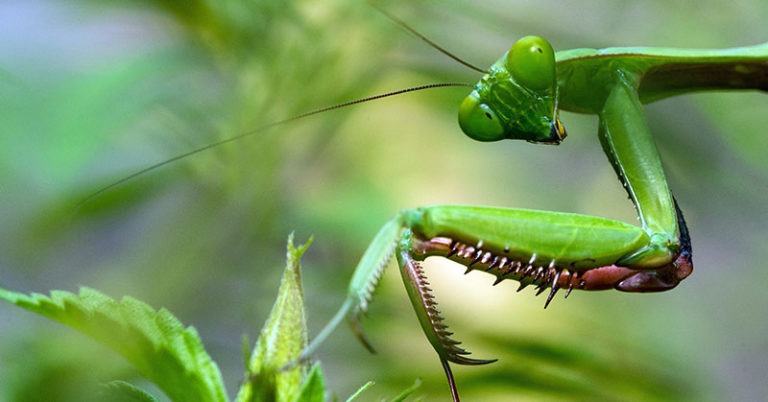
So how do we go about getting these adorable little insects to our gardens? Is there a praying mantis call or a special bait? Sadly, no. But there are a few simple things that you can do to attract praying mantises to your garden and convince them to stay.
Make their food plentiful
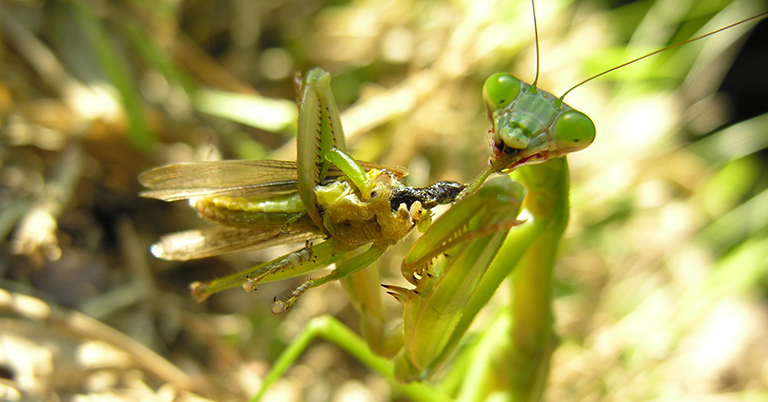
Praying mantises go where their food is. It’s one of the reasons they tend to avoid gardens that are sprayed with pesticides – there’s no food there! Planting a wide variety of flowers and plants that attract the prey of a praying mantis is the go-to way to attract them to your garden. And if you want more mantids, don’t kill their food! If you see crickets, grasshoppers, leafhoppers, or aphids and they aren’t causing any trouble for your garden, leave them be! Praying mantises
Praying mantises have been known to be attracted to plants like roses and berries. These plants often attract smaller insects, like aphids and ants, which are vital early food sources for baby mantids. Praying mantises also need shelter to stay safe and lay their egg cases. Tall grasses and shrubs are a favorite shelter of praying mantises.
Don’t use chemicals

For starters, praying mantises are highly likely to avoid gardens that have been sprayed with commercially manufactured chemicals, like pesticides, herbicides, and inorganic fertilizers. If you’ve been employing weed killer or pest control chemicals in your garden, stop now! Mantises prefer organic gardens.
Buying praying mantis eggs
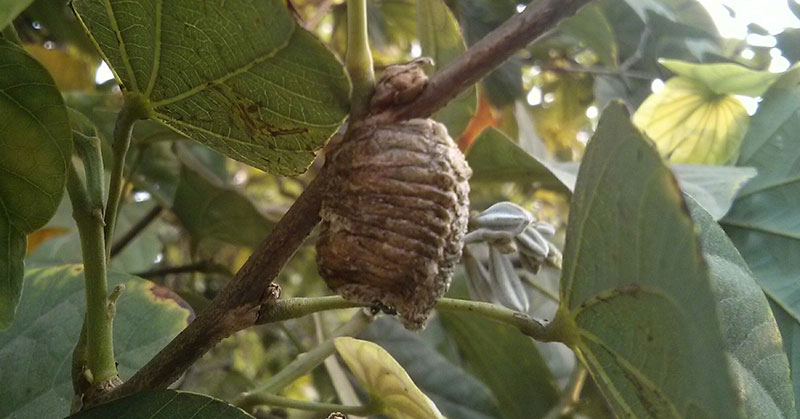
Attracting praying mantises the good old-fashioned way, with good habitat and food sources readily available, can take time. If you want to jump-start the process, you may purchase praying mantis egg cases to get the process going.
These egg cases can be placed in your garden and, in time, praying mantis nymphs will emerge and begin going about eating unwanted insects in your garden. Mantids don’t necessarily stay close to home though, they are prone to travel. Any babies that emerge from your egg cases have a good chance of departing with time, but it’s still a worthwhile endeavor.
What do baby praying mantis eat?
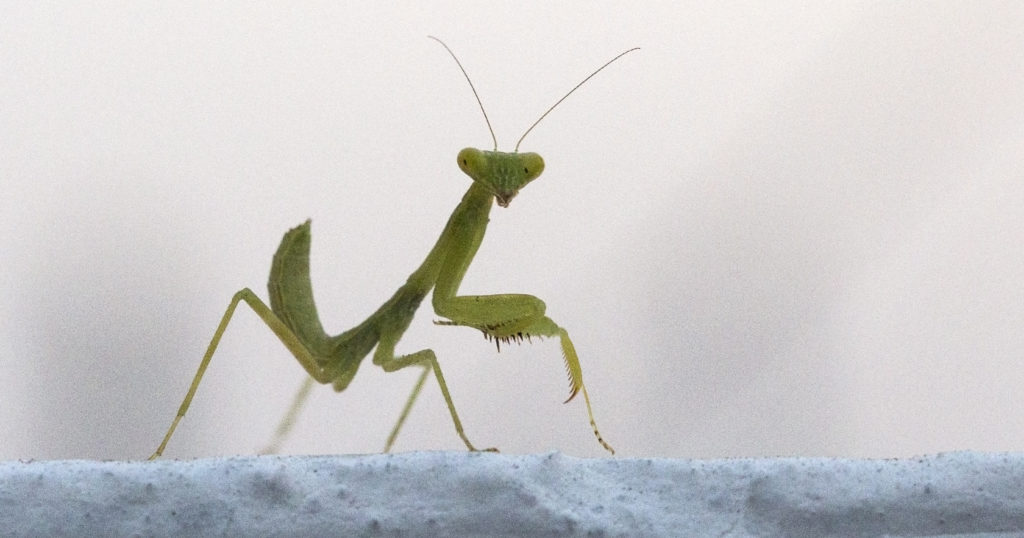
If you’ve purchased a praying mantis egg case and the babies have begun to emerge, don’t fret! Each of these insects is born with the knowledge it needs to hunt and find food. Newly hatched baby mantises will eat small insects, like ants and aphids, slowly working their way up to larger prey as they grow. They will be able to find plenty of food if you leave their food alive. Make sure not to disrupt the biodiversity of your garden, or disrupt it as little as possible!
We hope this guide on how to attract praying mantises to your garden helps bring in some very nifty carnivorous insects and leads to a successful, beautiful, biodiverse garden!
Keep Reading: 16 Plants That Repel Bugs







